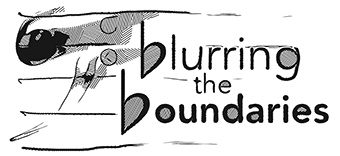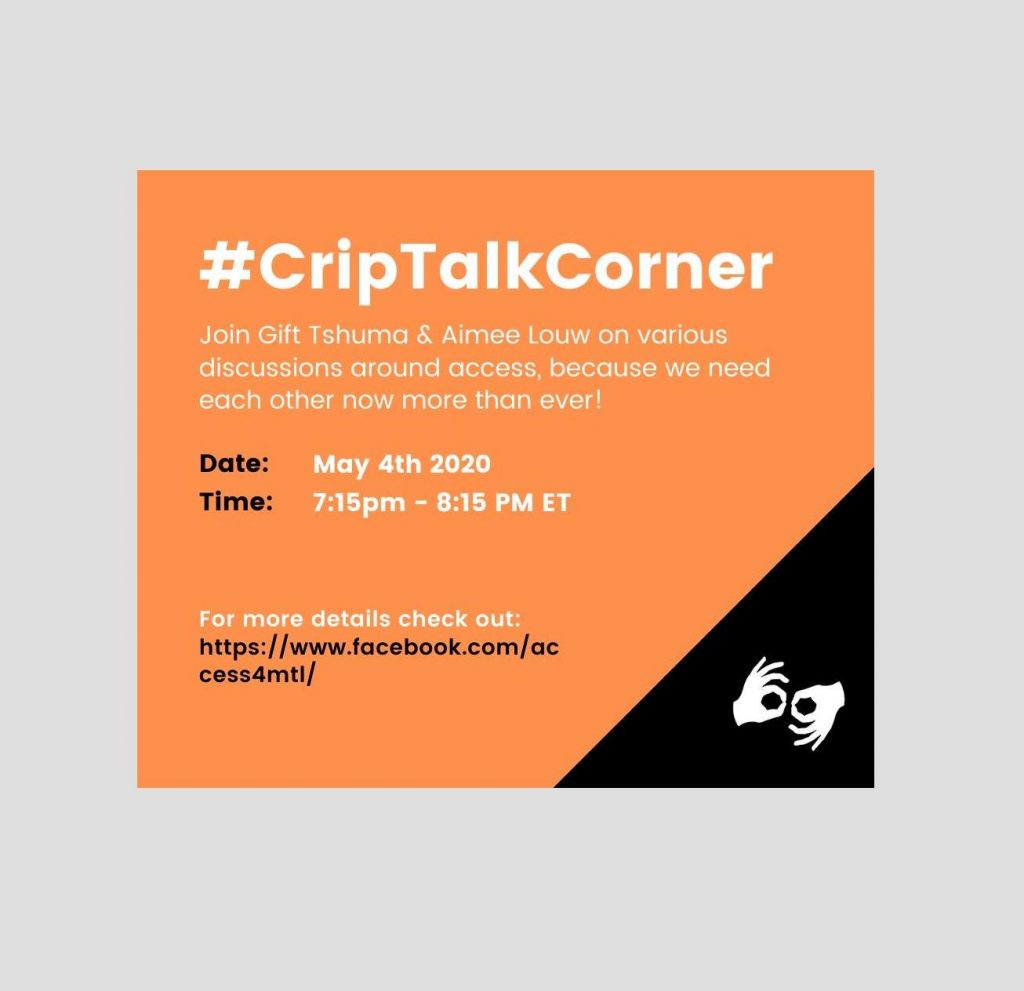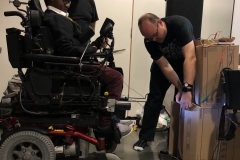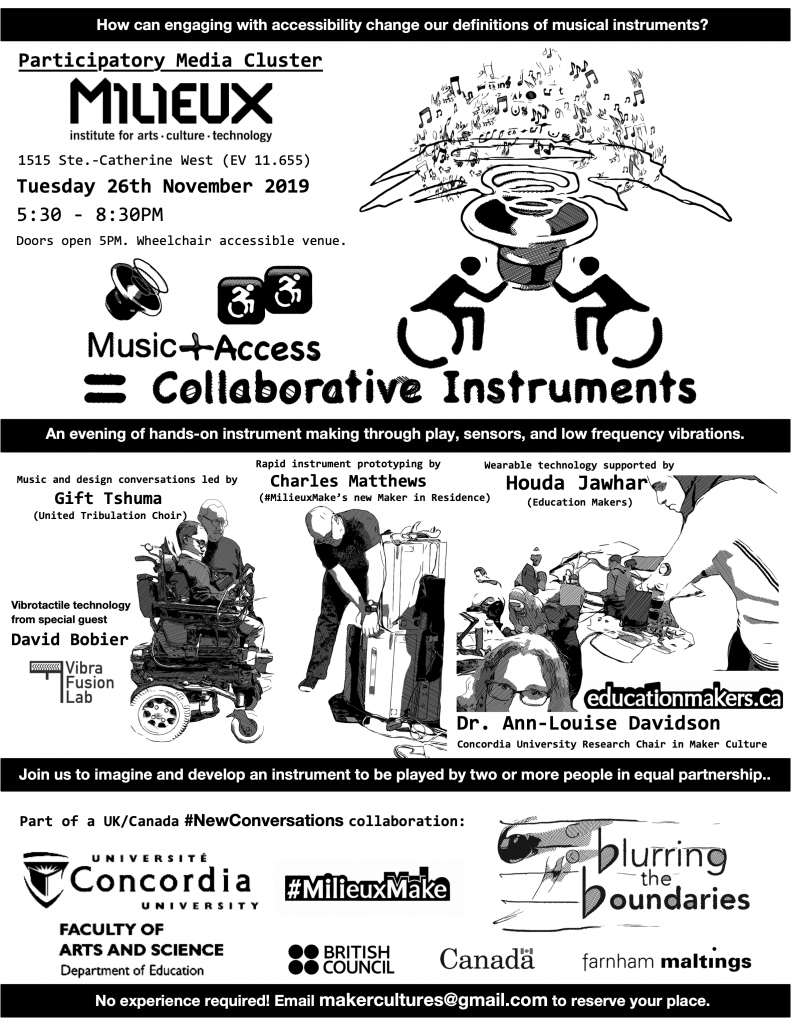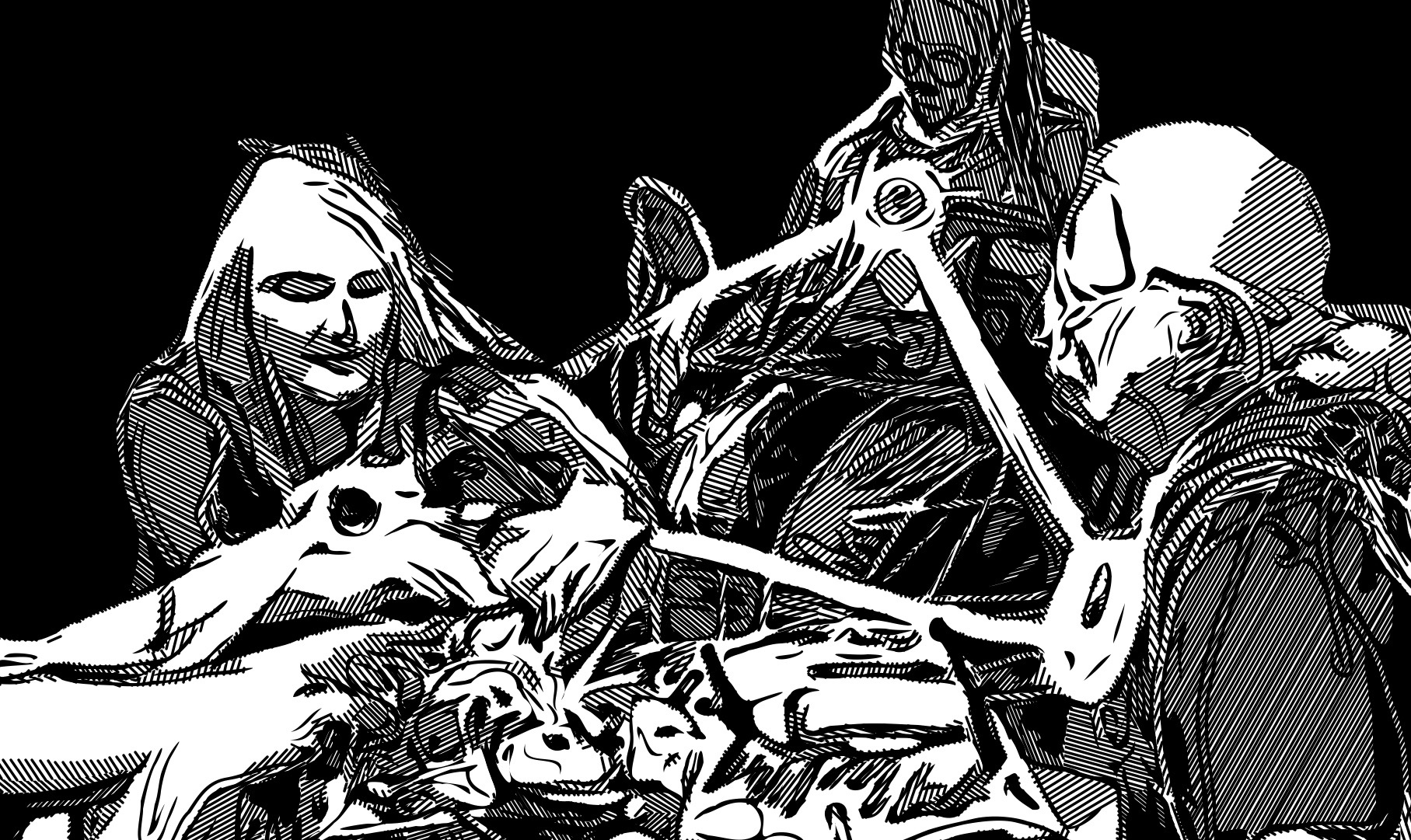Can you imagine a musical instrument designed to be played by two people at the same time? How could it remove any barriers to making music that you experience? What kind of interesting restrictions could it create?
Leave your suggestions for a collaborative instrument in the comments below, or send us a tweet at @blurtheBoundary with the hashtag #HackAndBlur. We would love to see and hear anything from one sentence descriptions to drawings or a videos explaining what you would like to see us make!
Your ideas will help us to shape our first workshop with Education Makers in Montreal next week..and we’d love to find ways to collaborate in the future!
Suggestions
So far, the suggestions we have received include:
A belt worn by two people, covered in bells that jingle as they move— Robyn Steward, London
A musical game of snakes and ladders: something that injects elements of chance into playing the music — Adrian Lee, London
We are setting out to work with a limited set resources on the day, with a focus on digital instruments that sit in the physical world. It will be interesting to see what we can do to represent these ideas, and how they change as we make them concrete.
Background
In the digital age, the definition of a typical instrument has expanded for many people to incorporate different kinds of movements and sensory feedback. As musicians engaging with accessibility, we are particularly interested in the creative use of these tools to disrupt conventions, while breaking down barriers to participation. We believe that engaging with access can radically change the aesthetics and message of art, music, and the instruments themselves.
So, what would a collaborative instrument look, sound, and feel like to you? How could the challenges of coordinating with another player start conversations about equality and accessibility both for players and an audience?
This idea has developed from our recent trip to London as part of the #NewConversations programme. More about this soon, but for now, here are some brief clips of our R&D activities based at Hampstead Music and Voice Studios:
